Ciphr unveils new Reading HQ to support strategic growth
25 Apr 2024
Published on:
06 January 2020
Updated on:
15 December 2023
Read time:
14 minutes
Research shows that chronic loneliness can be as bad for our health as smoking.
Recognised as an epidemic in the UK, loneliness has been identified as a by-product of our technology driven times, where people are isolated behind their screens and human interaction is in decline.
Given the amount of time a lot of us spend in the workplace, it's really important to develop meaningful, personal connections in this environment. Forming positive relationships at work most definitely impacts on how we feel about the job and the company and could hold a bearing on how long we choose to stay in a certain place.
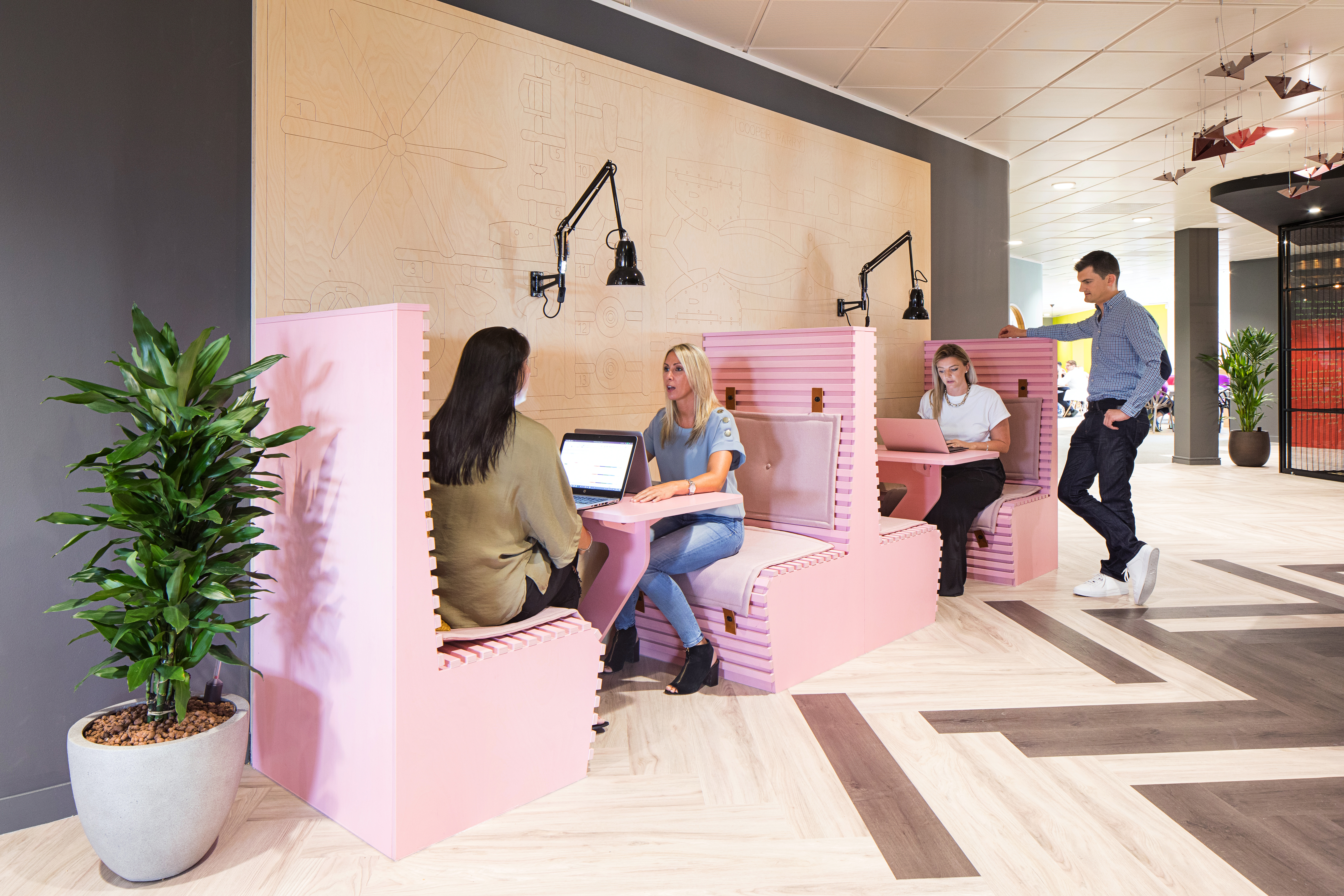
Most importantly, feeling connected and having people to talk to meets a basic human need which is unhealthy to ignore.
The good news is that the topic is current and high on the agenda and businesses are looking for ways to target this and introduce better connectivity in the work environment, overall.
In 2014, Relate ran a survey that showed that 42 per cent of workers felt they didn't have a single friend at work, while a more recent Gallup survey revealed that only two in ten people have a best friend at work.
With three quarters of GPs taking part in a national survey last year stating that they were seeing between one and five people a day who were suffering from loneliness, the Government launched its own strategy to tackle the issue, appointing a minister for loneliness, Tracey Crouch.
The Government also introduced an Employer Pledge; a statement covering leadership, employee confidence and line manager support, which aims to take on loneliness in the workplace by encouraging employers to support employee's health and wellbeing. The pledge recognises the importance of addressing social contact and emotional feelings alongside physical and mental health.
So what causes loneliness in the workplace, an environment where we are often surrounded by other people, and how does it manifest itself?
A contributor for CNN Business identifies technology, along with remote work and fewer human interactions, as the main culprit responsible for feelings of loneliness and isolation in the office.
Technology would appear to be an obvious villain and is often cited as it reduces the need for human interaction, even for those in close physical proximity.
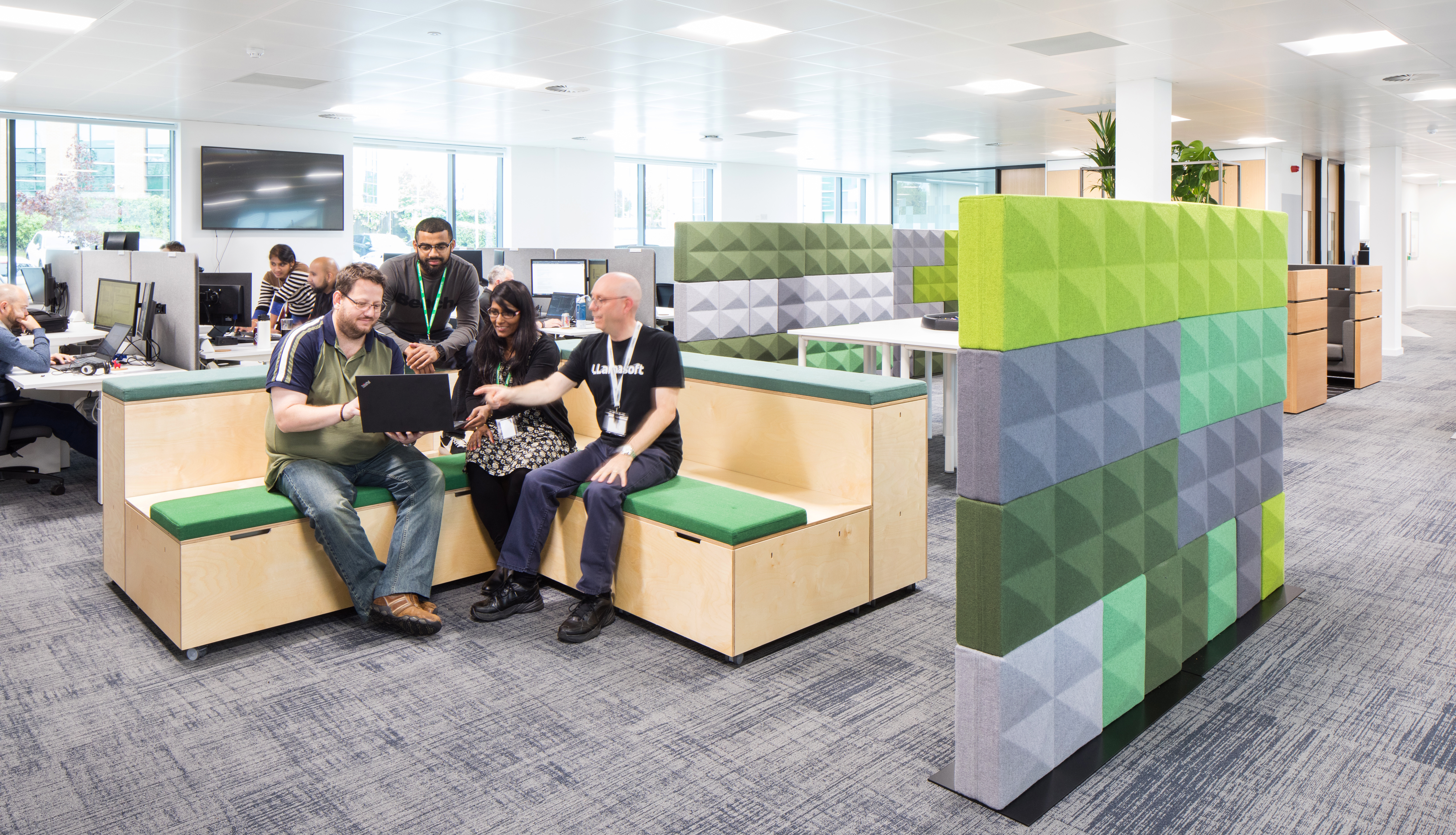
Many workers tend to email or message in the office environment, rather than talk, and we are falling out of the habit of starting conversations and addressing people face-to-face -even when they are sitting across from us despite talking undoubtedly leading to richer exchanges than messaging.
Emails are guilty of stripping out emotion, as well as denying us the human interaction that may generate warmth and humour. Unfortunately, however, it's easier to send an email then to interrupt someone who is engaged in another task.
And then there's the nature of social. Social media has replaced genuine social encounters, to a great extent, both inside and out of work. There may be lots of Whatsapp banter, Facebook and Instagram engagement and Linkedin perusing but that doesn't match real social interaction.
You can be very lonely in a virtual crowd.
Hot-desking can also be blamed for our lack of closeness we don't have to invest in certain colleagues in the same way if we're constantly moving about and seeing a steady stream of faces. We don't get to know these colleagues life stories or to join in their celebrations in the same way. Nor do we have much idea of their social habits, family backgrounds or day-to-day problems - and the chances are, in a hot-desking environment, they likely don't know us well enough to share the latter anyway.
The same goes for the burgeoning freelance community. As many freelancers are on short-term contracts, we۪re less likely to have time to cultivate meaningful relationships with these individuals. Equally, we are not so inclined to confide in or take advice from those we know on nodding terms only.
Fluid movement around the office may foster collaborative working but does it enhance the social aspect? As much as we're less disposed to own a desk or a spot, we're also less likely to own the people around us. This poses a similar question to the one raised above in relation to hot-desking: Is there room for social relationships to take root when this style of activity-based working is deployed?
It's a conundrum that needs to be solved: We need to fit in but the current culture dictates that there is less opportunity to do this as we are spending too little time with any single individual to cultivate a good social group in the workplace.
Also, flexible working hours mean that people come into work to work. They're often trying to produce their most meaningful work in a shorter office timespan and make their time in the office count so they can move on to other commitments. This absence of 9 to 5 working can mean there's a void when it comes to traditional socialising, like drinks after work; it can also mean that the more social office chit chat is limited.
Jobs site, Totaljobs conducted a survey last year which found that 60 per cent of employees feel lonely at work. Collaborating with organisations like the Samaritans and mental health charity Mind, it found that over 40 per cent of those surveyed felt that not fitting in with colleagues was a factor for loneliness, while as many as 36 per cent had left jobs due to feelings of isolation.
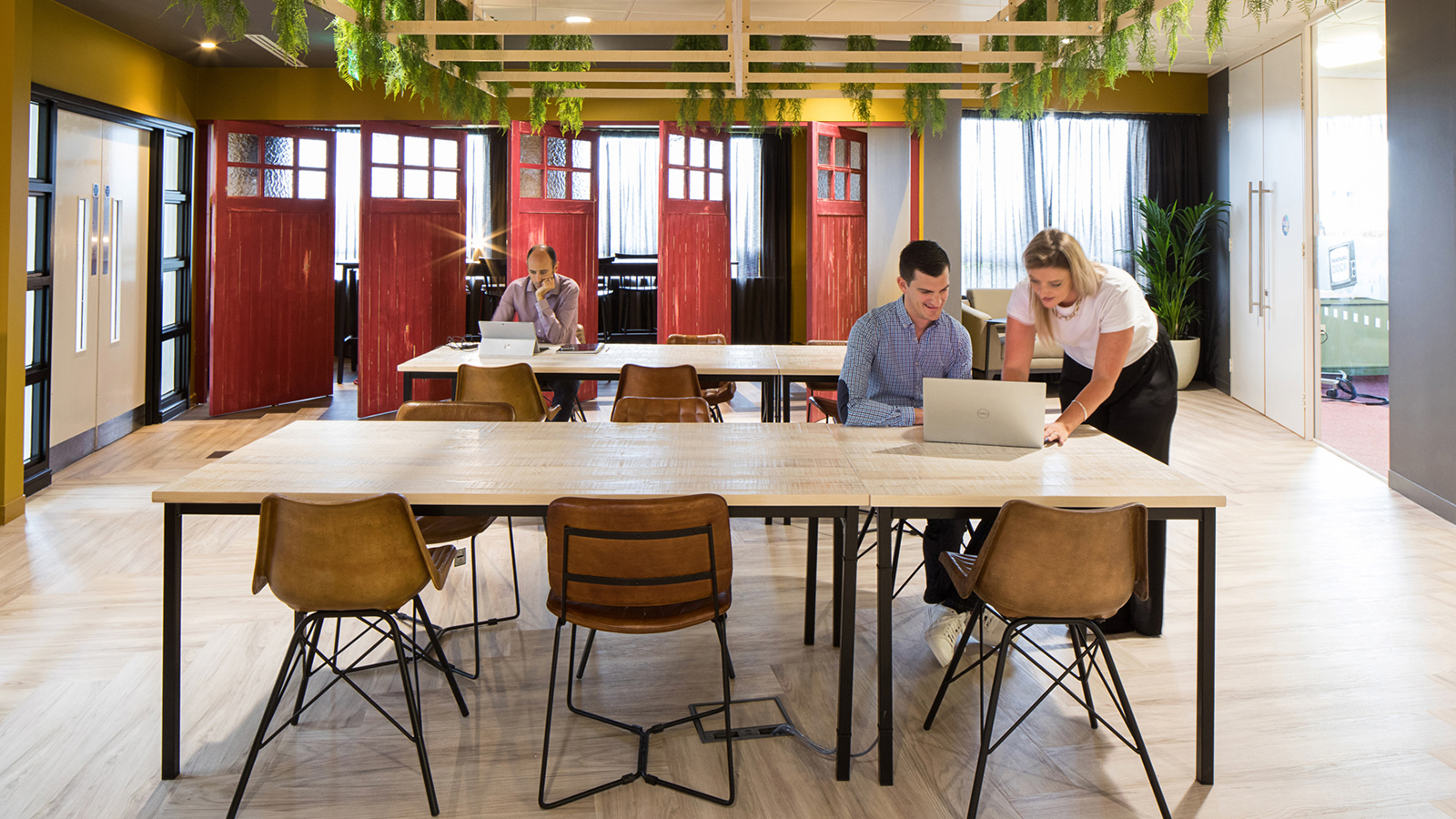
Loneliness and mental health are unquestionably linked; feeling lonely has a direct and detrimental impact on stress levels and Mind has advice for people who may be worried about a colleague. This advice includes encouraging said colleague to talk and to seek support from the workplace. It also cautions against making assumptions and to respect his or her confidentiality. If someone has opened up about how they feel, that's a huge step.
Mind encourages line managers to implement Wellness Action Plans as these allow employees to tailor their own support while providing a framework for talking about mental health. Getting that conversation going is a great way to break down barriers and to start getting connected.
Lonely workers can get stuck into a negative cycle that is hard for them to break and will ultimately drain their productivity. Annie McKee, author of How to Be Happy at Work states: Relationships and friendships at work are absolutely critical to happiness, engagement and productivity in the workplace.
Well-being teams training courses for managers and the charity has an abundance of free resources for anyone in the workplace who is concerned about this issue employer or employee. Also, check out websites like marmaladetrust.org Marmalade Trust campaigns to raise awareness about loneliness.
People are reluctant to open up about feelings of isolation in the workplace because it makes them feel like they have failed; they are embarrassed and there's the worry it might badly affect their careers.
According to Totaljobs, the consequences of ignoring this issue are more sick days and a higher staff turnover people will, ultimately, quit if they're unhappy and they can find a path out.
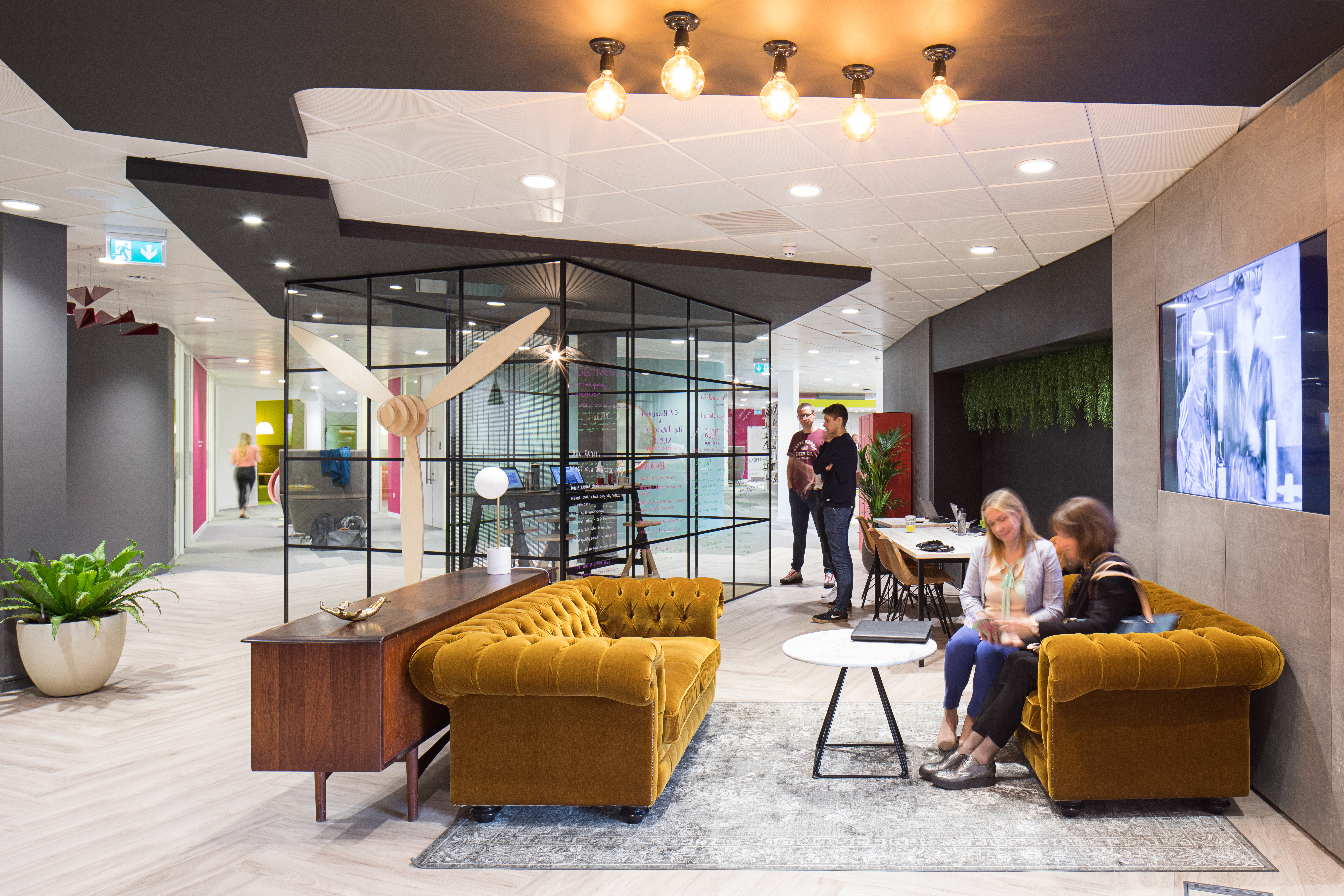
Given that, it really is up to business owners, managers and HR professionals to take a proactive approach. There are many ways in which workplaces can nurture and encourage better social interaction, starting by making sure everyone takes regular technology breaks and encouraging workers to use a mix of communication media and not just email.
It's worth regularly suggesting face-to-face sometimes people just need a nudge. Make sure people who work remotely check in, consistently and often, and make a physical appearance.
Managers can also aim to create more networks in the workplace; drive collaborative working; encourage people to share team lunches and instigate workplace bonding activities away days and nights out; a shared charity to actively support.
We bond with people who we perceive to be like us so if there's an abundance of a particular age group and a smattering of another, that will impact, to some degree, on the minority. The same goes for personality introverts vs extroverts etc.
The reality is that, where choice is involved, people will gravitate to those they are more likely to form friendship bonds with and if people feel on the outer edges of a social group, it makes it that bit harder to engage and mix in.
For those who work in smaller, off shoot departments, it can be even harder to integrate with the wider team members. Add any factors like shyness, age and background differences to this and the chasm widens.
Again, managers and those concerned with HR have to look at ways to bridge these gaps and to bring people together who wouldn't necessarily mingle in an external social situation. It's harder to relate when there's an imbalance of age and experience and there has to be some effort put in to counter that. Initiatives worth considering include mentoring schemes, skills swopping and shared learning activities.
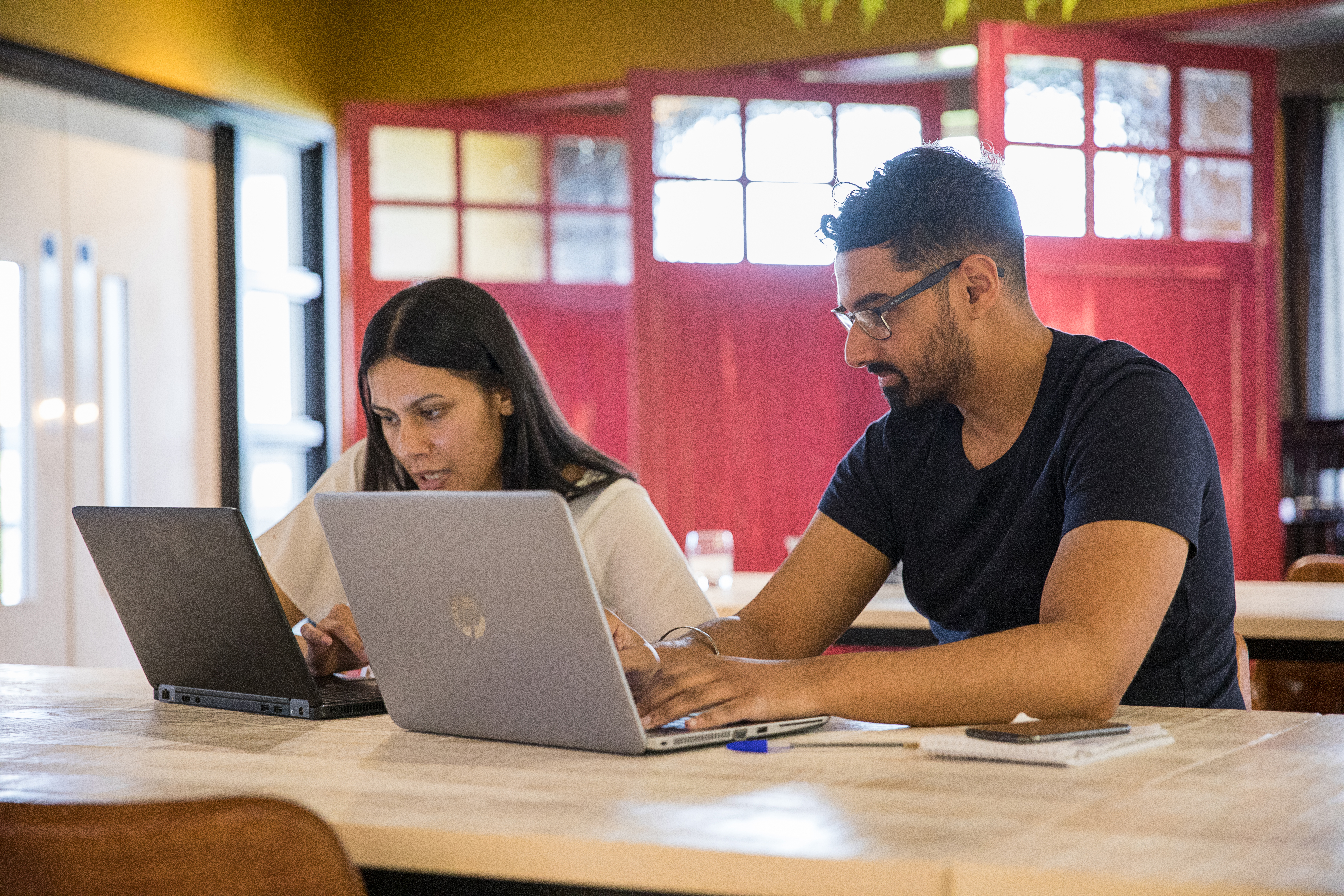
Cultivating this attitude and culture of inclusivity is a great help when it comes to integrating new recruits. It's always going to be tough for new bodies joining a company but, if the tools are already in place and the business is practised at better integration, it makes life easier for all concerned.
In an article on the recently recorded rise in workplace loneliness, Stylist magazine quotes Professor John Cacioppo, who has fully researched the topic for his book, Loneliness: Human Nature and The Need For Social Connection.
Cacioppo says: "We have survived as a species, not because we're fast or strong, but because of social protection. He believes in reciprocal connections; his thinking is that connections have to be meaningful to have a value. Furthermore, he also upholds that a person needs to feel that their interaction is equally valued."
This is a credible and authentic way of thinking as there is a definite line between employees making themselves socially available and having to shoe-horn themselves into situations where they don't fit and feel miserable. To be forced into a social situation is likely to make an individual feel even less like they fit in and is potentially damaging to their personal wellbeing.
Cacioppo also points out that feeling lonely can create further isolation in itself as, when we suffer loneliness, we tend to withdraw and behave cautiously and defensively in an attempt to protect ourselves.
Having looked at how we work and flexible working earlier, there is a clear rationale in checking to see if there are any changes that can be made in the physical office environment to encourage more conversation and social interaction.
If team integration has been considered, this definitely allows for a more organic approach to countering loneliness which will, at the very least, complement any artificial situations and events created by the senior team to help bring people together.

There is a role for office interior design, including the planning of both layout and facilities, in combating workplace loneliness - even if it's simply a part of the bigger picture.
In our new, open-plan, fluid workspaces, which are designed to encourage connectivity, points of social contact, put in place to boost meaningful interactions and bring people together, should be made apparent.
If we are creating a better flow for ourselves, with more autonomous ways of working that allow us to self-monitor and to move about as we see fit, we also need hubs to collect at and around. These are the spaces that will encourage us to stop, talk and interact.
Build the space, build the culture and the relationships will have the best chance to develop and to grow.